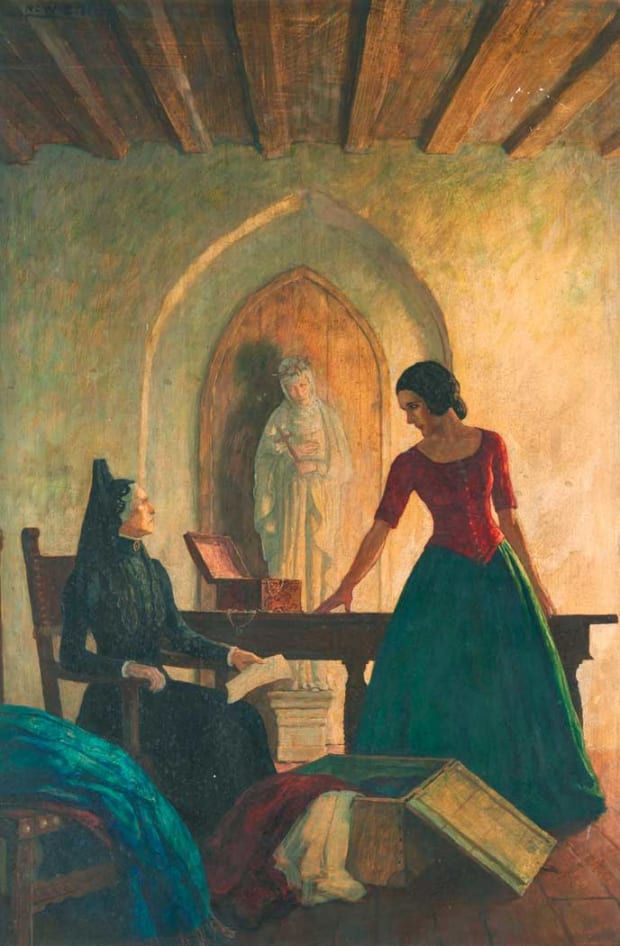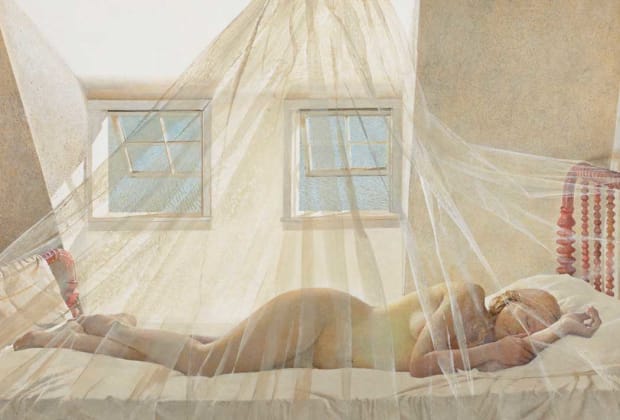#Thrift #Shop #Painting #Purchase #Worth #Auction
A painting bought in 2017 for $4 in a Savers thrift shop in Manchester, N.H., and stashed away in a closet by the woman who bought it while looking for frames to reuse, could be worth $250,000 when it heads to auction later this month.
The long-forgotten painting is by N.C. Wyeth, the prolific Maine artist and patriarch of the Wyeth family of painters, according to an expert at Bonhams Skinner auction house. The painting, which highlights Bonhams Skinner “American Art” event Sept. 19, is one of four he completed for a 1939 edition of Helen Hunt Jackson’s book “Ramona,” originally published in 1884.

Courtesy Bonhams Skinner
How the painting ended up in the thrift shop is anyone’s guess, but the anonymous buyer found it stashed against a wall along with damaged posters and prints, according to the auction house. After hanging the painting in her bedroom for several years, the antiques enthusiast eventually stored it in a closet in her home and forgot about it.
Last May, while doing some spring cleaning, the painting was rediscovered and images of it were posted on Facebook. Comments on her post suggested the woman contact an expert who worked with three generations of the Wyeths: N.C. Wyeth, his son, Andrew Wyeth, and his grandson, Jamie Wyeth. The expert, Lauren Lewis, was “99% certain it was authentic” after seeing the painting, she told The Boston Globe.
“While it certainly had some small scratches and it could use a surface clean, it was in remarkable condition considering none of us had any idea of its journey over the last 80 years,” Lewis told the Globe.

Courtesy Christie’s
The auction record for any member of the Wyeth family was set last year during the sale of Microsoft co-founder Paul Allen’s collection at Christie’s New York, where Andrew Wyeth’s 1980 painting “Day Dream” sold for over $23.2 million, more than seven times the high estimate of $3 million.
You May Also Like:
$8 Thrift Shop Discovery Really Picasso Plates
Painting Hidden Behind Door Really a Masterpiece Worth $845,000
